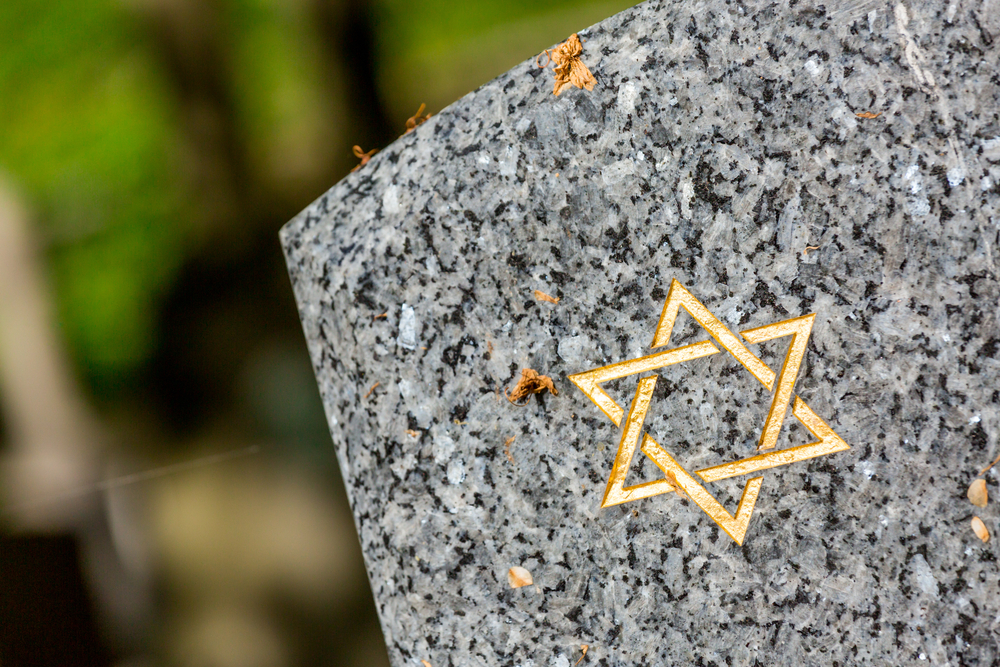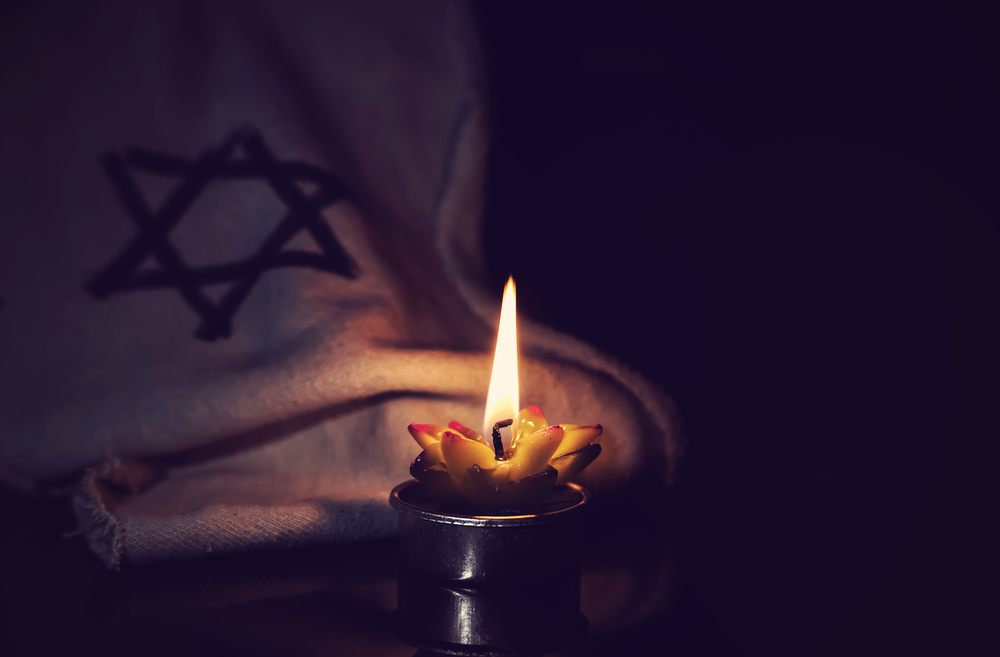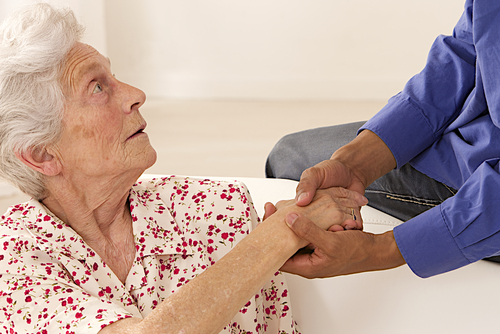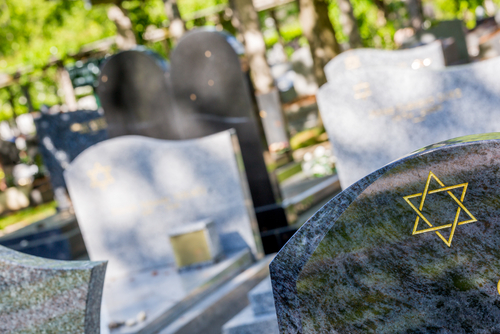
The Shiva is central to the Jewish burial traditions. Serving as the first of several stages of mourning, the Shiva helps family members to stand together while grieving. Long before unveiling the cemetery monument, the Shiva offers families an opportunity to gather and console each other. Read on to learn more about the Shiva service, and the customs surrounding it.
What is Shiva?
The Shiva is a very significant part of the grieving process for Jewish people. After a Jewish person passes away, the family is responsible for burying the individual as quickly as possible. Then, it’s traditional for extended family members, friends, and members of the community to gather and pay their respects during the shiva.
The shiva is generally held in the home of the deceased, or a family member. To demonstrate a state of mourning, those attending wear either torn clothing or a black ribbon to denote mourning status. They are also expected to bring food, as a way of providing sustenance for those in mourning. Like selecting Long Island Jewish Monuments, paying attention to the shiva process is critical.
Traditionally, there is an expectation for family in mourning to refrain from pleasurable activities. This includes watching television, listening to music, and other forms of entertainment.
As indicated by Jewish customs, the shiva should last seven days. In fact, shiva means seven in Hebrew. However, in modern times, some families shorten this period of mourning. Throughout each day, families and those attending say the Mourner’s Kaddish.
The Shiva Home
To prepare for the Shiva, the family will prepare the home in a certain way. Over time, Jewish people in different regions have developed varying practices. Generally, though, the underlying principles surrounding these practices has remained the same. Like the principles behind selecting a Long Island Jewish monument, Jewish people take great care in preparing a Shiva home.
In the Ashkenazi tradition, mourners must sit on low stools. This is notably different from the Sephardic practices, in which mourners sit on either the floor or pillows. Both of these practices symbolize that the mourners are in low spirits, due to their recent loss.
Additionally, mourners are likely to cover all mirrors in the home. The reason for this is twofold. First, covering mirrors discourages vanity, creating an environment that allows for introspection and reflection. Secondly, and more traditionally, covering mirrors prevents the spirit of the deceased from becoming trapped. Regardless of the interpretation, covering the mirrors is an important element of the shiva home.
As a way of allowing mourners to continue grieving undisturbed, the family typically leaves the doors unlocked.
A fairly recent tradition adopted from Christian customs, some families have a condolence book intended to give families the opportunity to thank mourners.
The family also generally lights a Yahrzeit Candle in the home. This creates the proper atmosphere for grieving, without using any electrical lighting.
Finally, mourners should remove their shoes, as a way of demonstrating grief.
The Origin of Shiva
The Torah mentions the idea behind a period of mourning several times.
During the early periods of Judaism, mourners noticed that feasting in joy was inappropriate during a time of grief. Instead, they viewed this time as an opportunity to express, process and overcome their grief.
Later on, Moses solidified this practice as a formal custom. The progression of this custom is fairly similar to that of the Long Island Jewish monuments. In the beginning, the unveiling tradition existed because it took time to create the monument. Now, this principle exists as a manner of tradition, deeply embedded within Jewish culture.
How Long Does the Shiva Last?
In accordance with these customs, the shiva lasts for seven days. However, this does not include the Shabbat, or major Jewish holidays. Beyond the grieving period, these seven days also establish the idea that mourning should be taken as seriously as feasting, which also lasts for seven days. In fact, the Shiva ends long before the unveiling of the Long Island Jewish monuments.
After this period ends, the family customarily leaves the home. This symbolizes “rising from the Shiva”, or moving on in the grieving process.
Following the Shiva, the next step in the grieving process is the Shloshim, in which the family re-enters the world. In some circles, though, family members are not permitted to engage in leisurely activities.
Long Island Jewish Monuments from Fox Monuments
At Fox Monuments, we understand the state of grief that mourners are in after the death of a loved one. Being familiar with Jewish customs, we do our best to accommodate all of our customers. To purchase well-crafted Long Island Jewish monuments that are right for your family members, contact us.













